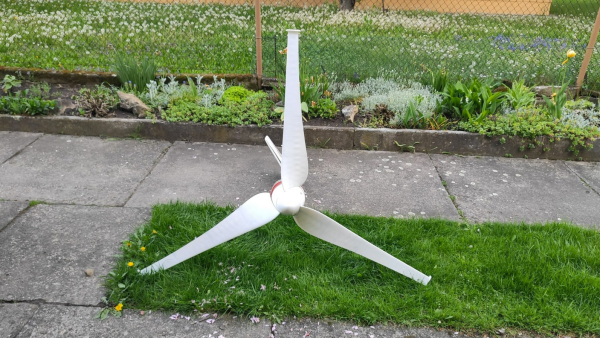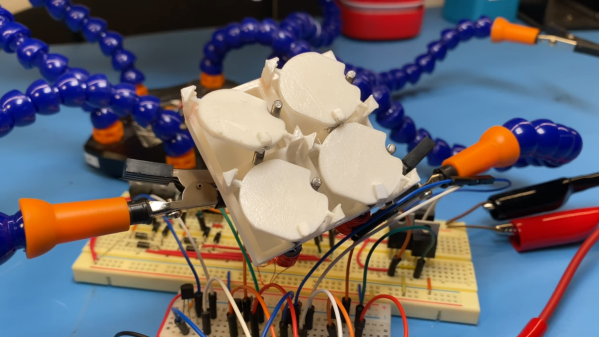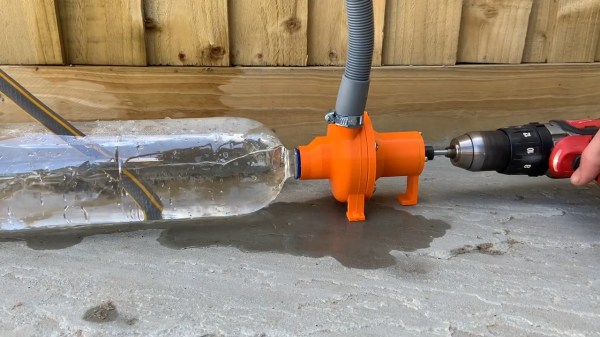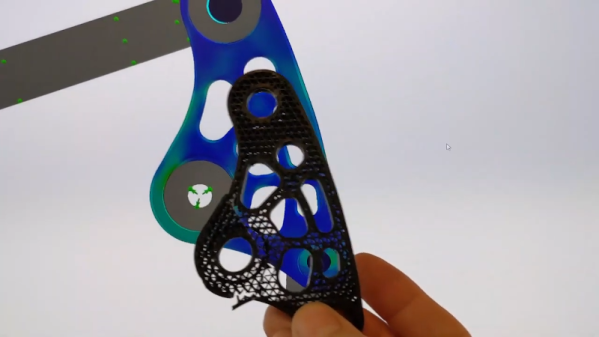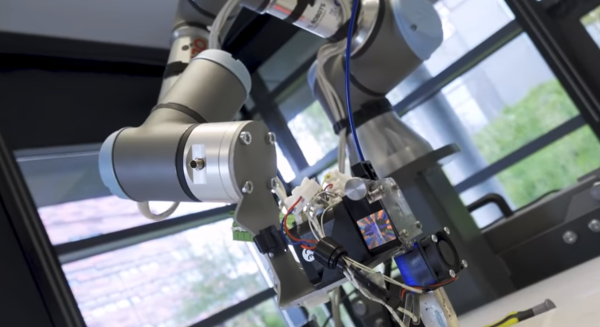Wind energy isn’t quite as common of an alternative energy source as solar, at least for small installations. It’s usually much easier just to throw a few panels and a battery together than it is to have a working turbine with many moving parts that need to be maintained when only a small amount of power is needed. However, if you find yourself where the wind blows but the sun don’t shine, there are a few new tools available to help create the most efficient wind turbine possible, provided you have a 3D printer.
[Jan] created this turbine with the help of QBlade, a piece of software that helps design turbine blades. It doesn’t have any support for 3D printing though, such as separating the blades into segments, infill, and attachment points, so [Jan] built YBlade to help take care of all of this and made the software available on the project’s GitHub page. The blades are only part of this story, though. [Jan] goes on to build a complete full-scale wind turbine that can generate nearly a kilowatt of power at peak production, although it does not currently have a generator attached and all of the energy gets converted to heat.
While we hope that future versions include a generator and perhaps even pitched blades to control rotor speed, [Jan] plans to focus his efforts into improving the blade design via the 3D printer. He is using an SLA printer for these builds, but presumably any type of printer would be up to the task of building a turbine like this. If you need inspiration for building a generator, take a look at this build which attempted to adapt a ceiling fan motor into a wind turbine generator.

